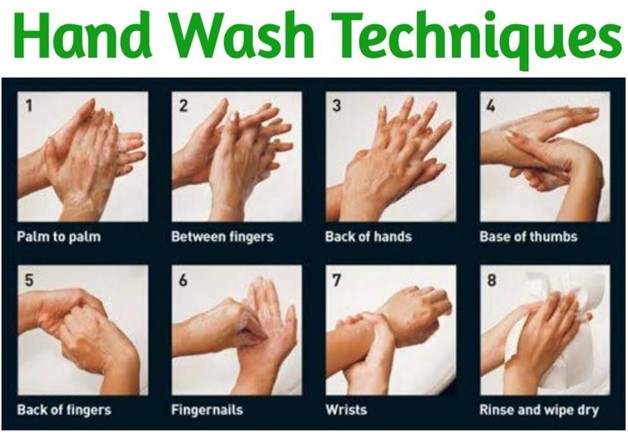The unlicensed assistive personnel (UAP) is feeding a client with dysphagia. What action would cause the nurse to intervene?
Offering thickened liquids.
Placing client in upright position.
Providing large, frequent bites.
Allowing ample time between choices.
The Correct Answer is C
This action would cause the nurse to intervene because it increases the risk of choking and aspiration for a client with dysphagia, which is difficulty swallowing. The nurse would instruct the UAP to feed the client small amounts of food slowly, allowing time for chewing and swallowing.
Choice A is wrong because offering thickened liquids is a safe practice for a client with dysphagia. Thickened liquids allow for easier swallowing and less choking, thus decreasing the chance of aspiration.
Choice B is wrong because placing the client in an upright position is also a safe practice for a client with dysphagia. This position helps prevent food from entering the airway and facilitates swallowing.
Choice D is wrong because allowing ample time between bites is another safe practice for a client with dysphagia. This helps the client avoid feeling rushed or overwhelmed and reduces the risk of aspiration.
Nursing Test Bank
Naxlex Comprehensive Predictor Exams
Related Questions
Correct Answer is C
Explanation
Hand hygiene techniques are the first line of defense in medical asepsis because they prevent the transmission of microorganisms from one person or object to another. Hand hygiene techniques include washing hands with soap and water or using an alcohol-based handrub.

Choice A is wrong because isolation or barrier procedures are not the first line of defense in medical asepsis, but rather a way of preventing the spread of infection to other patients or health care workers when a patient has a known or suspected infection.
Choice b is wrong because the nature of detergent used on the unit is not the first line of defense in medical asepsis, but rather a factor that affects the effectiveness of cleaning and disinfection of surfaces and equipment.
Choice D is wrong because the ventilation system type is not the first line of defense in medical asepsis, but rather a factor that affects the quality of air and the risk of airborne transmission of microorganisms.
Correct Answer is A
Explanation
“Have you had thoughts about killing yourself?” This is the best response because it directly assesses the client’s suicidal risk and shows empathy and concern.
The other choices are wrong because:
Choice B. “What can’t you go on anymore?” This is a vague and open-ended question that does not address the client’s immediate safety or emotional state.
Choice C. “Don’t think like that.
It’s not true!” This is a dismissive and invalidating response that does not acknowledge the client’s feelings or offer support.
Choice D. “Have you talked to your doctor about these feelings?” This is a deferring and avoiding response that does not explore the client’s situation or provide any intervention.
Whether you are a student looking to ace your exams or a practicing nurse seeking to enhance your expertise , our nursing education contents will empower you with the confidence and competence to make a difference in the lives of patients and become a respected leader in the healthcare field.
Visit Naxlex, invest in your future and unlock endless possibilities with our unparalleled nursing education contents today
Report Wrong Answer on the Current Question
Do you disagree with the answer? If yes, what is your expected answer? Explain.
Kindly be descriptive with the issue you are facing.
